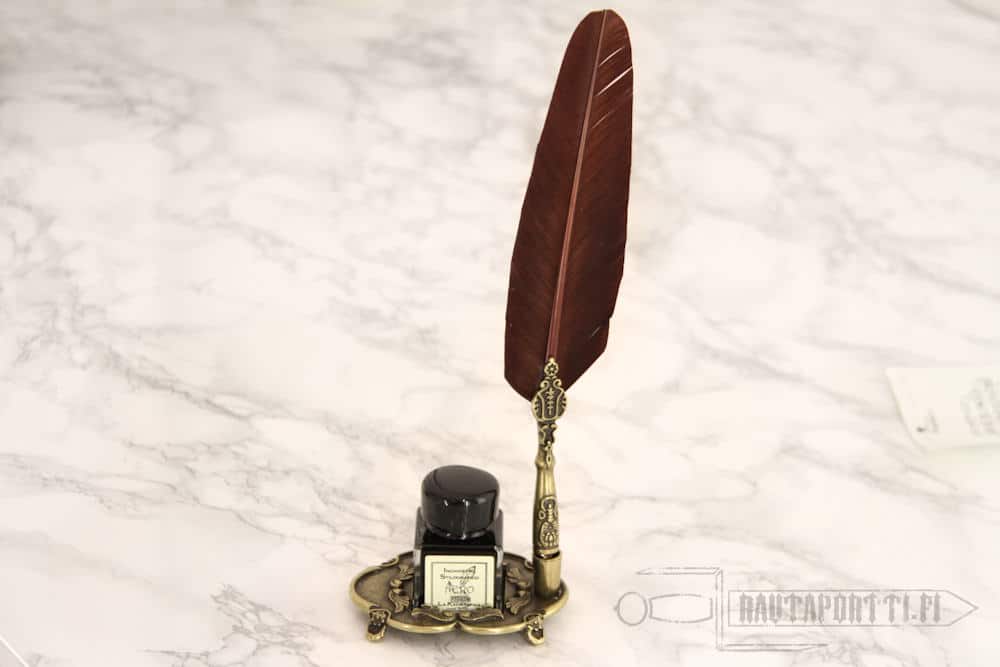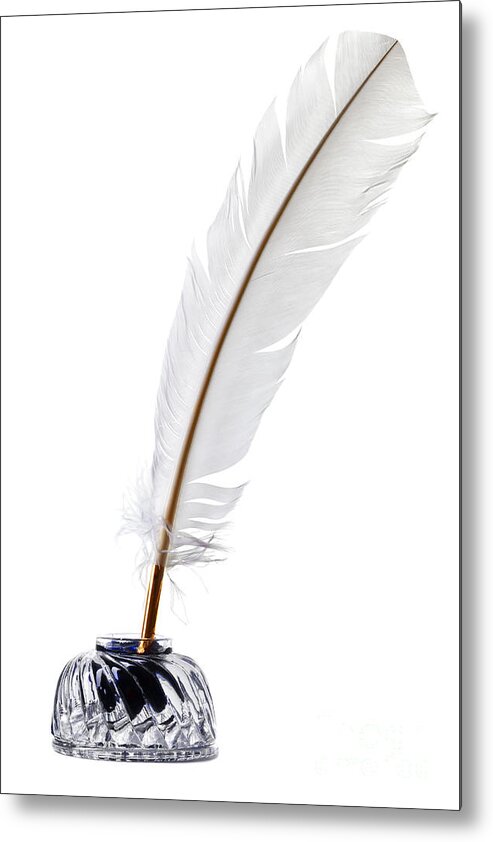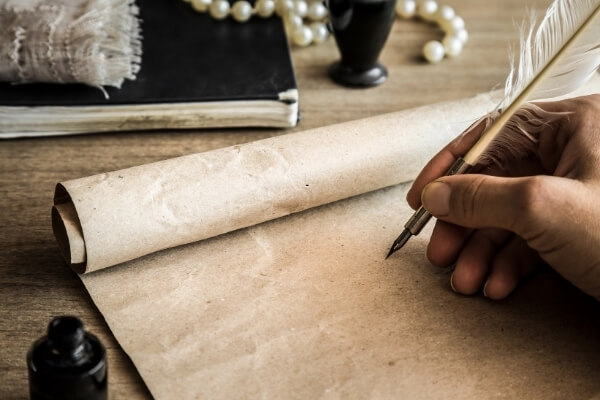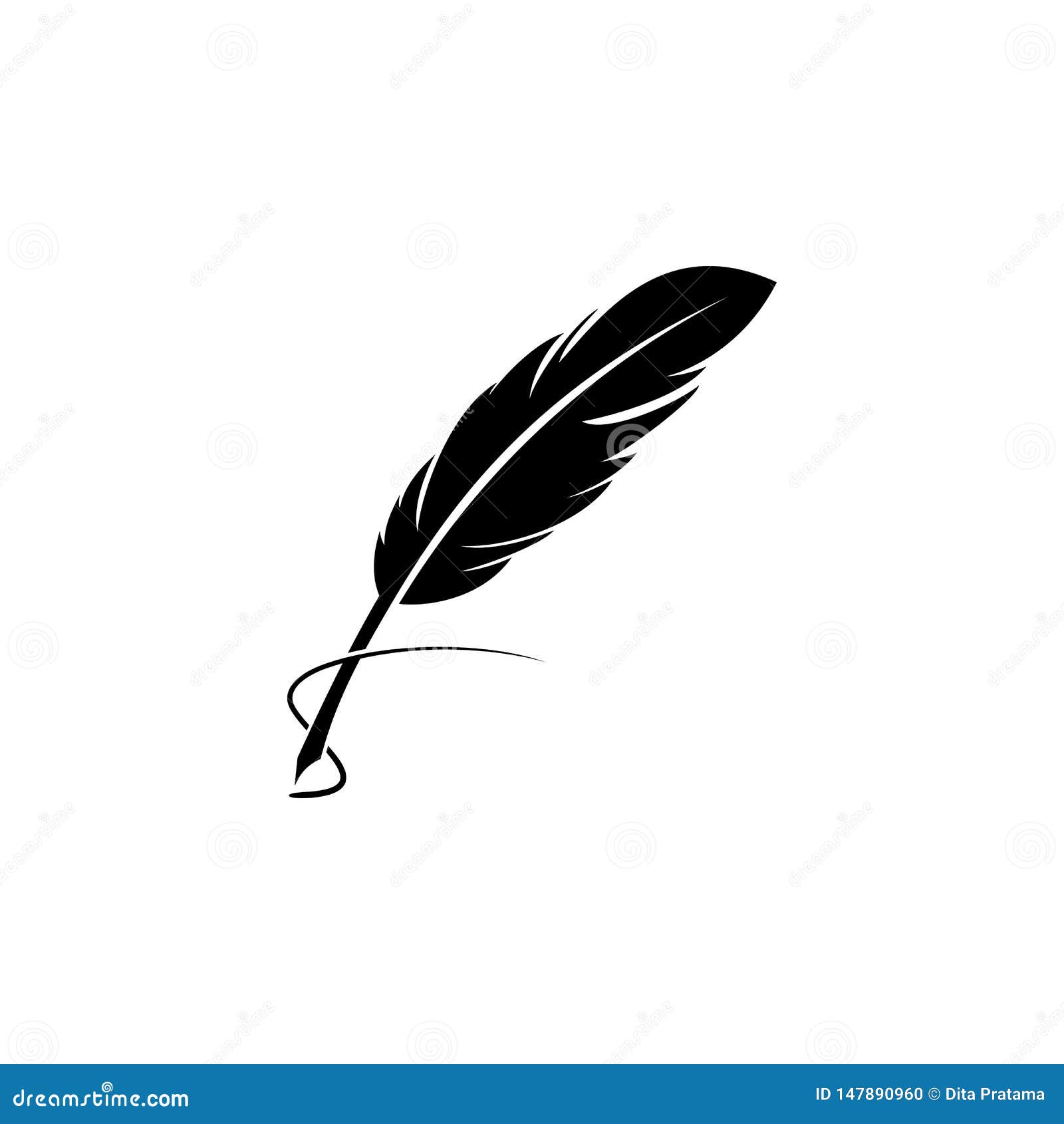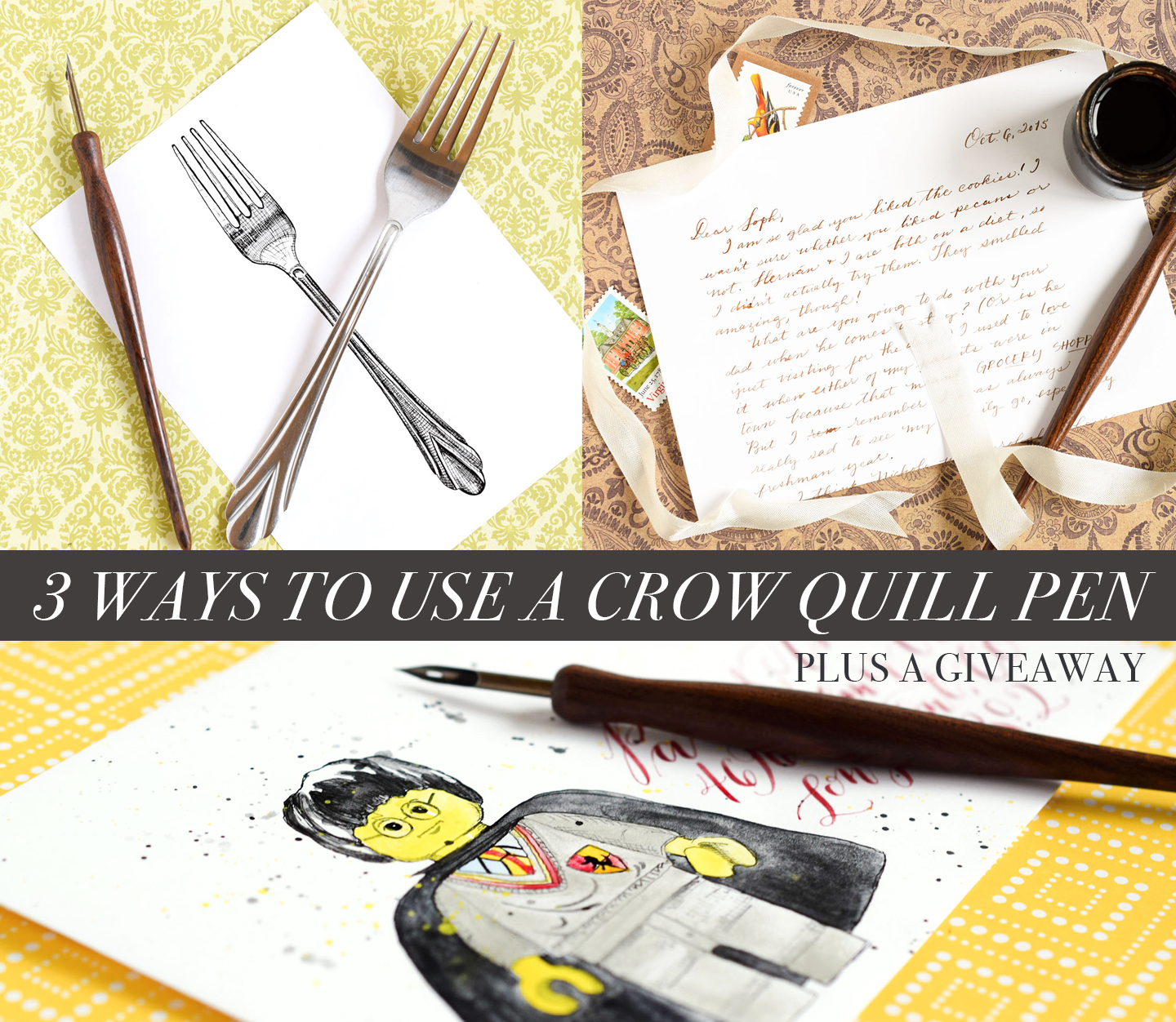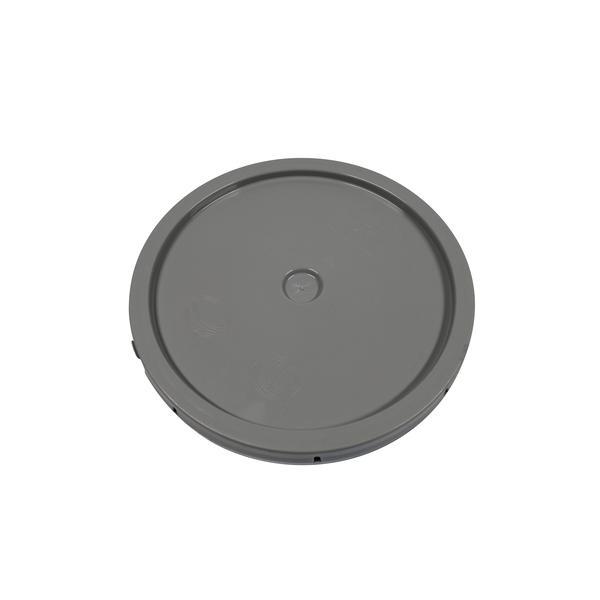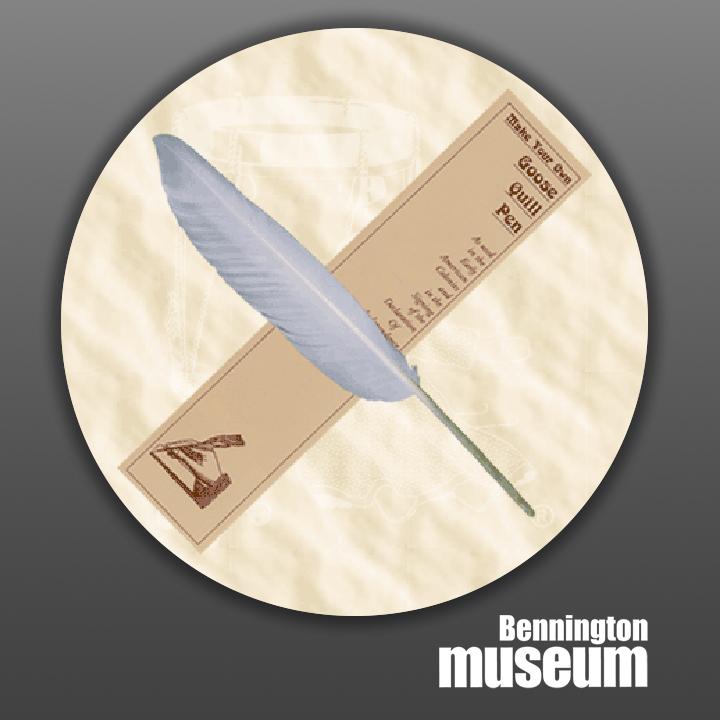
Historic Folk Toys: Desk, 'Make Your Own Goose Quill Pen' – Bennington Museum STORE
Goose Quill Pen Our Make Your Own Goose Quill Pen package includes simple directions for cutting your own quill pen, two easy ink recipes and an authentic white goose quill (approximately 12 inches long) like the ones used in the signing of the Declaration of Independence and in Early American schools. Our kit makes a
Goose Quill Pen
Our Make Your Own Goose Quill Pen package includes simple directions for cutting your own quill pen, two easy ink recipes and an authentic white goose quill (approximately 12 inches long) like the ones used in the signing of the Declaration of Independence and in Early American schools. Our kit makes a great rainy-day project for one or more eager learners. Ink can be made from berries mixed with common household ingredients. Kit includes recipes for walnut ink and berry ink. Adult supervision suggested.
Historical Background: The word pen comes from the Latin word penna, which means feather. The Spanish theologian St. Isidore of Seville is referenced as using a quill pen during the 7th century.
Quill pens were used to write and sign the Declaration of Independence, the U.S. Constitution, and many other historical documents. The quill pen flourished for over a thousand years as an essential writing utensil. By 1850, quill pens were less often used because of the quality of steel nibs had improved and were replacing quill pens.
Writing with a quill pen meant cutting the tip of the goose quill with a sharp knife, hence the name penknife. After the quill was shaped, the tip was dipped into ink. One could only write a few words with the amount of ink from each dip. After much dipping and writing, the quill would need to be cut again until a new quill had to be used. If a long letter or document were written, it likely took more than one quill, thus the consistency of the handwriting would be lost.
Because of the vast numbers of quills required, farms were established to raise geese for their quills. The left wing feathers were preferred by right-handed writers because of the curvature of the feather. The preferred goose quills are the five left outer wing flight feathers. Other birds used for their quills include owls, hawks, eagles, swans, turkeys, ducks, and crows.
Writing with a quill pen required a supply of other materials such as ink, an inkwell, a pen wipe, a penknife, a steel ink eraser, a portable writing case for travel, and a sander or pounce to assist in drying the ink. We take writing with a pen taken for granted these days because ball-point pens, fountain pens, and other types are so readily available. Writing with a goose quill and homemade berry ink is a good way to experience what it was like for our forefathers and foremothers. It is also just plain fun to create your own pen and write with ink that you can make yourself from common household items.
Fun Fact: Thomas Jefferson kept a flock of geese solely for the purpose of supplying writing quills.
Fun Fact: Abraham Lincoln preferred an eagle feather for writing.
PACKAGE DIMENSIONS - 2.75 x 13.5 x 0.25
Goose Quill Pen Our Make Your Own Goose Quill Pen package includes simple directions for cutting your own quill pen, two easy ink recipes and an authentic white goose quill (approximately 12 inches long) like the ones used in the signing of the Declaration of Independence and in Early American schools. Our kit makes a great rainy-day project for one or more eager learners. Ink can be made from berries mixed with common household ingredients. Kit includes recipes for walnut ink and berry ink. Adult supervision suggested.Historical Background: The word pen comes from the Latin word penna, which means feather. The Spanish theologian St. Isidore of Seville is referenced as using a quill pen during the 7th century.Quill pens were used to write and sign the Declaration of Independence, the U.S. Constitution, and many other historical documents. The quill pen flourished for over a thousand years as an essential writing utensil. By 1850, quill pens were less often used because of the quality of steel nibs had improved and were replacing quill pens.Writing with a quill pen meant cutting the tip of the goose quill with a sharp knife, hence the name penknife. After the quill was shaped, the tip was dipped into ink. One could only write a few words with the amount of ink from each dip. After much dipping and writing, the quill would need to be cut again until a new quill had to be used. If a long letter or document were written, it likely took more than one quill, thus the consistency of the handwriting would be lost.Because of the vast numbers of quills required, farms were established to raise geese for their quills. The left wing feathers were preferred by right-handed writers because of the curvature of the feather. The preferred goose quills are the five left outer wing flight feathers. Other birds used for their quills include owls, hawks, eagles, swans, turkeys, ducks, and crows.Writing with a quill pen required a supply of other materials such as ink, an inkwell, a pen wipe, a penknife, a steel ink eraser, a portable writing case for travel, and a sander or pounce to assist in drying the ink. We take writing with a pen taken for granted these days because ball-point pens, fountain pens, and other types are so readily available. Writing with a goose quill and homemade berry ink is a good way to experience what it was like for our forefathers and foremothers. It is also just plain fun to create your own pen and write with ink that you can make yourself from common household items.Fun Fact: Thomas Jefferson kept a flock of geese solely for the purpose of supplying writing quills.Fun Fact: Abraham Lincoln preferred an eagle feather for writing.PACKAGE DIMENSIONS - 2.75 x 13.5 x 0.25

Lehmann Germany Wind Up Tin Toy 943 Luli Bird Litho 1960s no key Box Works Vtg
These are great for historic re-enactments from the early middle ages thru the civil war period, or for anyone looking for historic writing
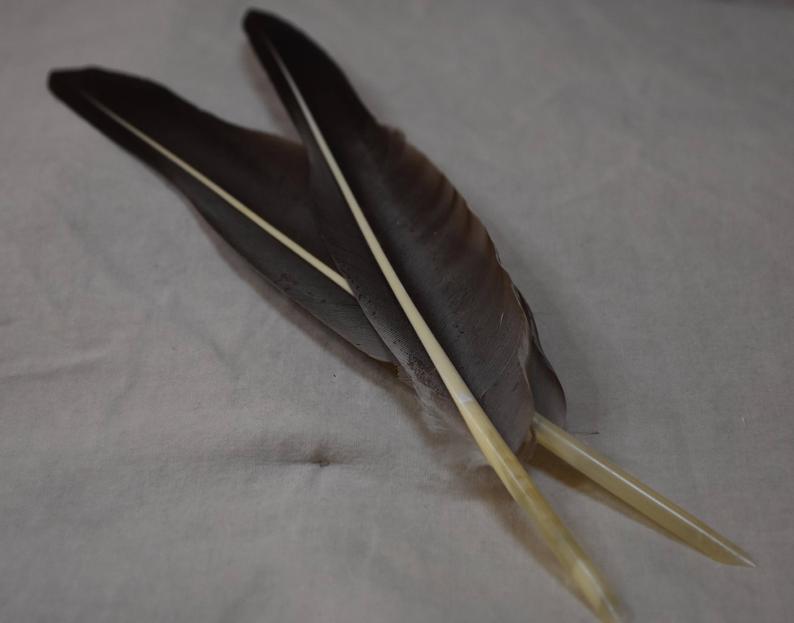
Hand-cut Goose Quills — Scribal Work Shop
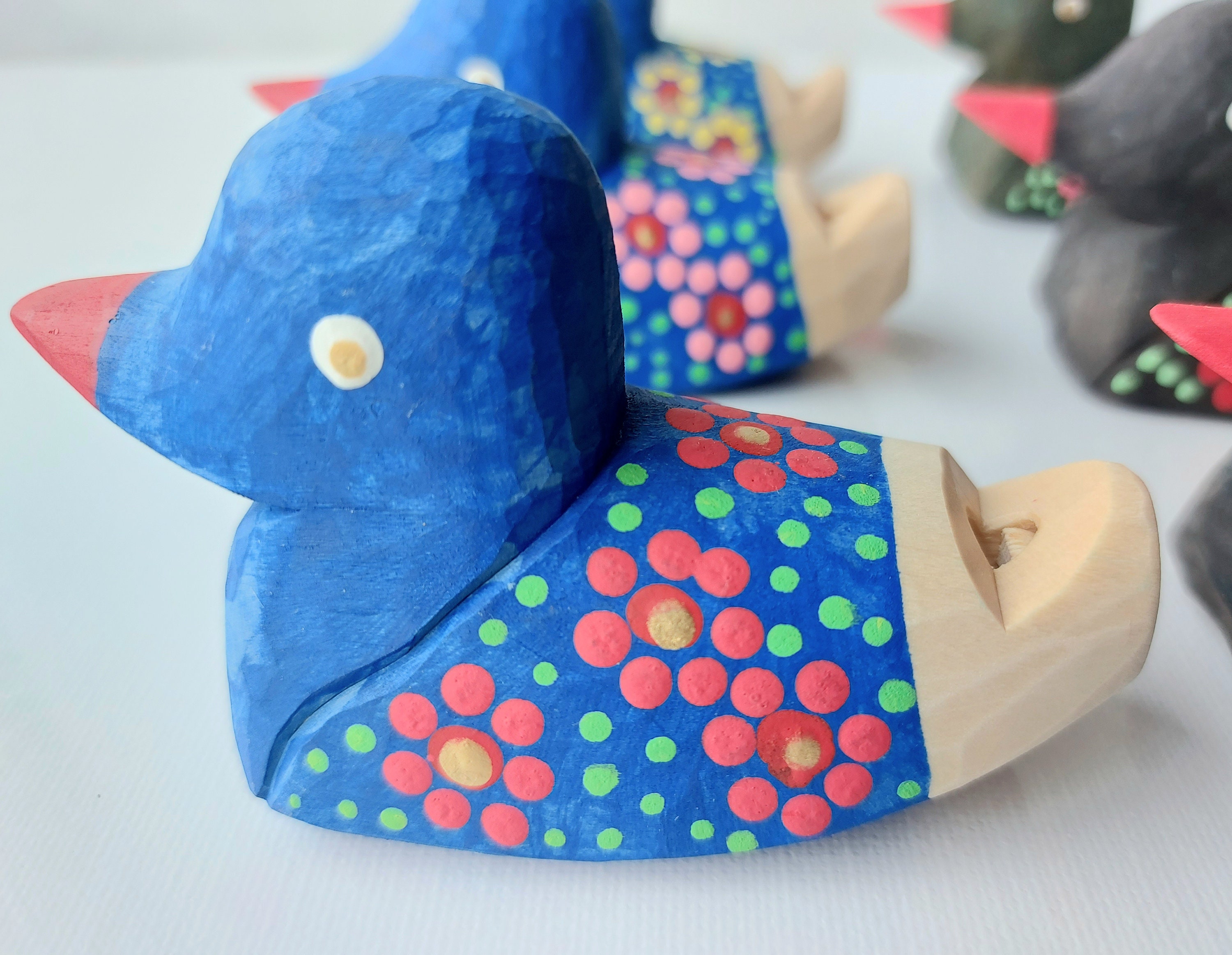
Bird Whistle Hand Carved Wooden Whistle, Original Wooden Duck, Handmade Toy, Organic Home Decor, Gift for Kid, Traditional Lithuanian Craft

Writing

Historic Folk Toys: Desk, 'Make Your Own Goose Quill Pen' – Bennington Museum STORE

Cooperman Historical Products: Traditional Cut-Nib Goose Quill Pen – Cooperman HistoryLives
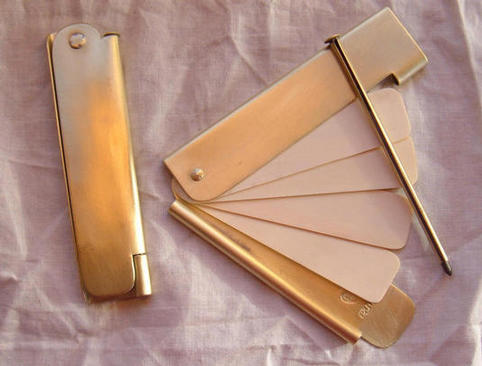
Writing

Historic Folk Toys: Desk, 'Make Your Own Goose Quill Pen' – Bennington Museum STORE

Goose Quill Pen – Plimoth Patuxet Museum Shop
Cooperman HistoryLives historical folk toys, games, and musical instruments wholesale to museum shops - traditional cut-nib natural quill pen with

Cooperman Historical Products: Traditional Cut-Nib Goose Quill Pen

Cooperman Historical Products: Traditional Cut-Nib Goose Quill Pen – Cooperman HistoryLives

FOLK ART HORSE PULLING COUNTRY STORE WAGON . HAND MADE. SIGNED JERRY & GAIL.
The Brementown musicians is our second collection, an entirely handmade wooden magnetic toys collection for kids and grown-ups. It is crafted with
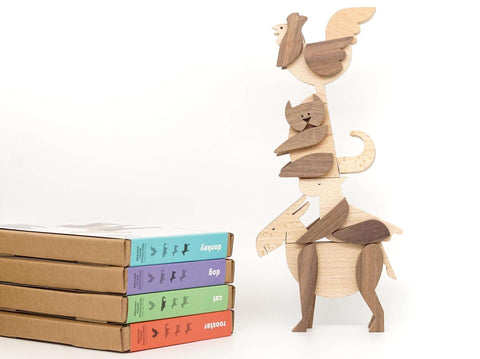
Brementown musicians

Vintage Playsteel 1950s 1776 LOCUST YEARTin Lithograph Metal 2 Story Dollhouse
